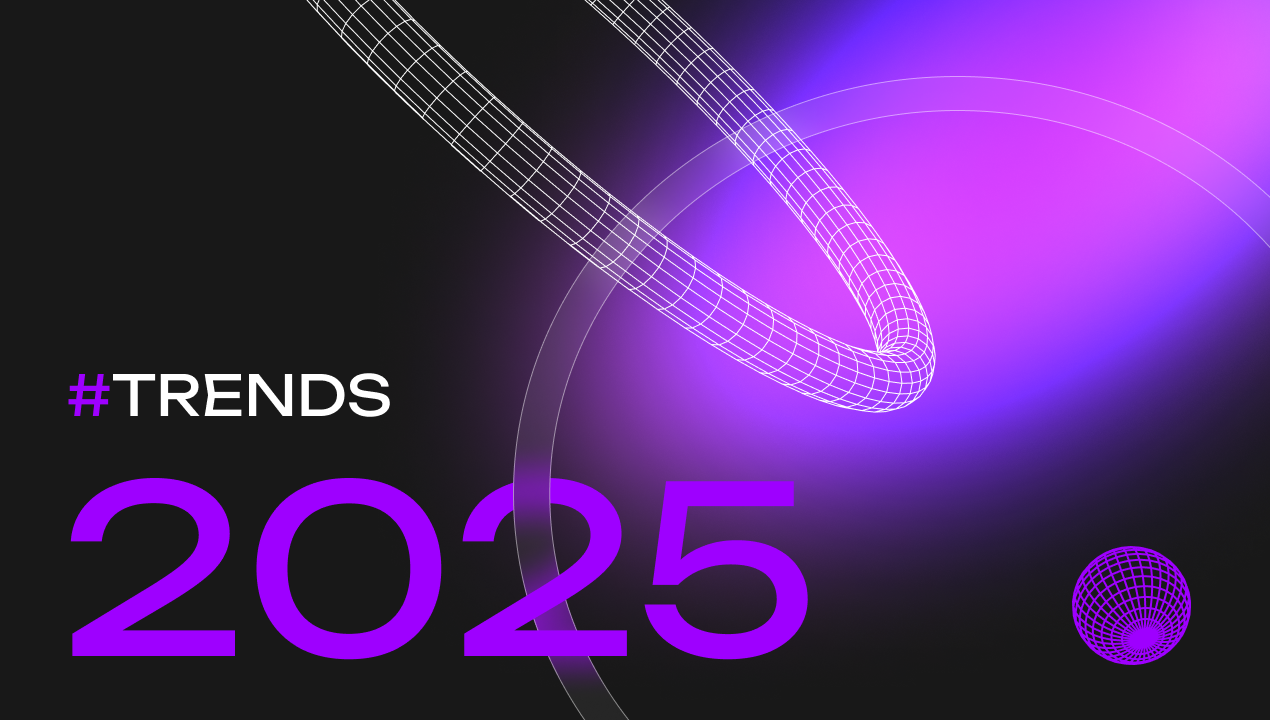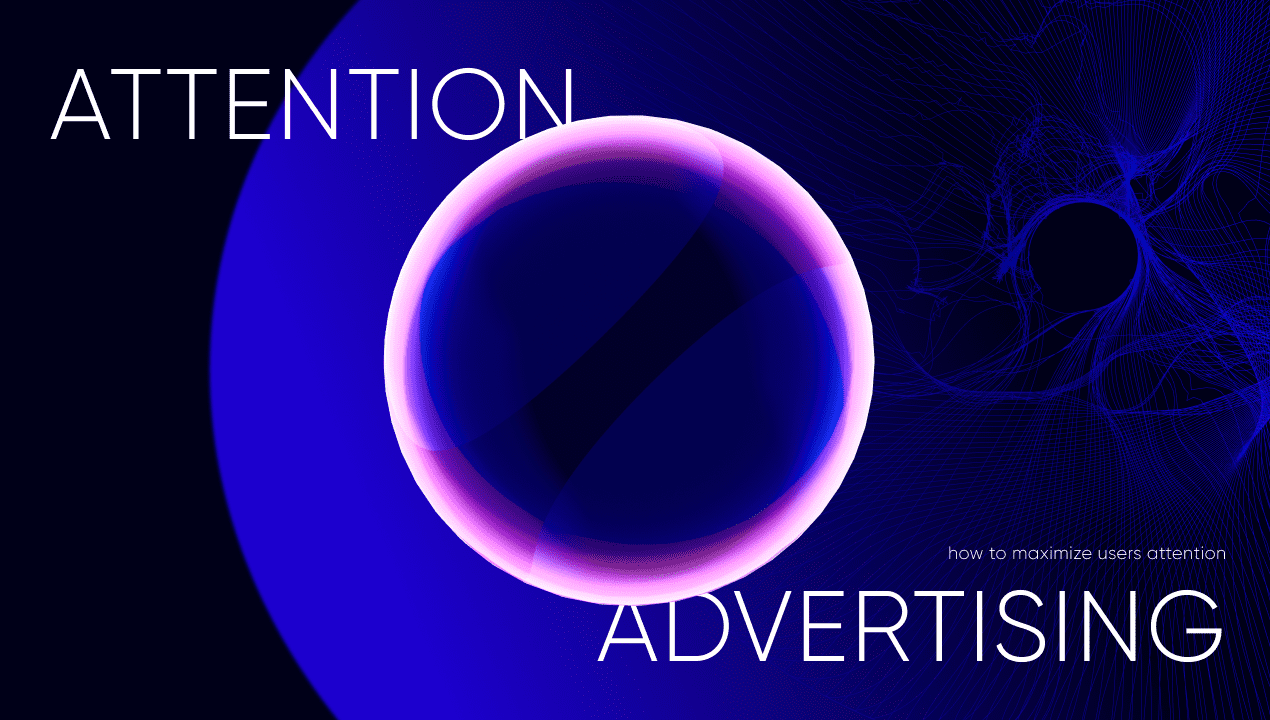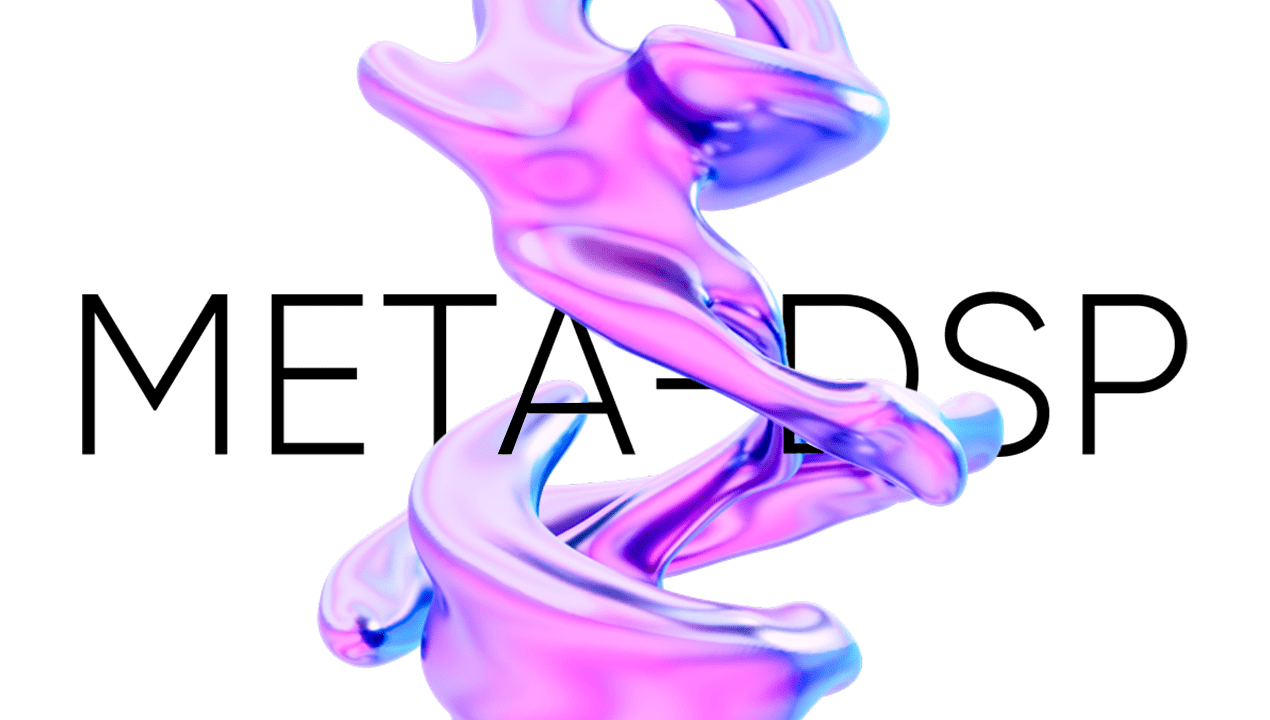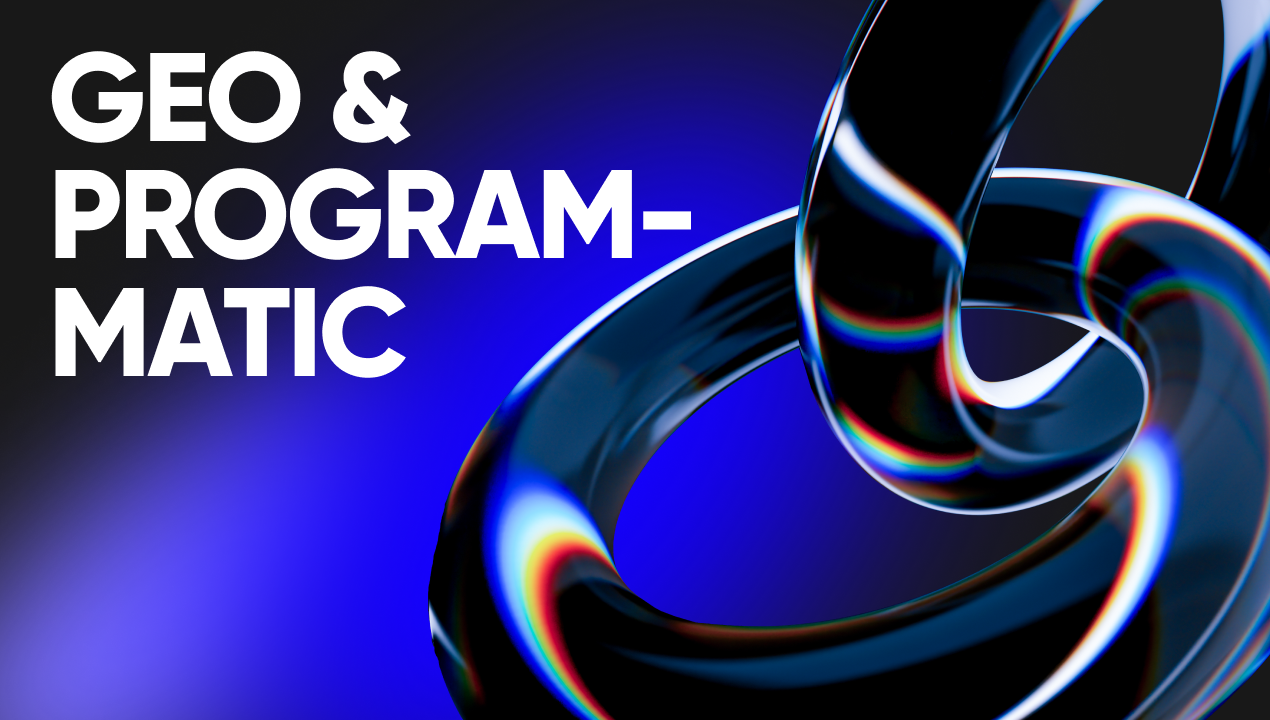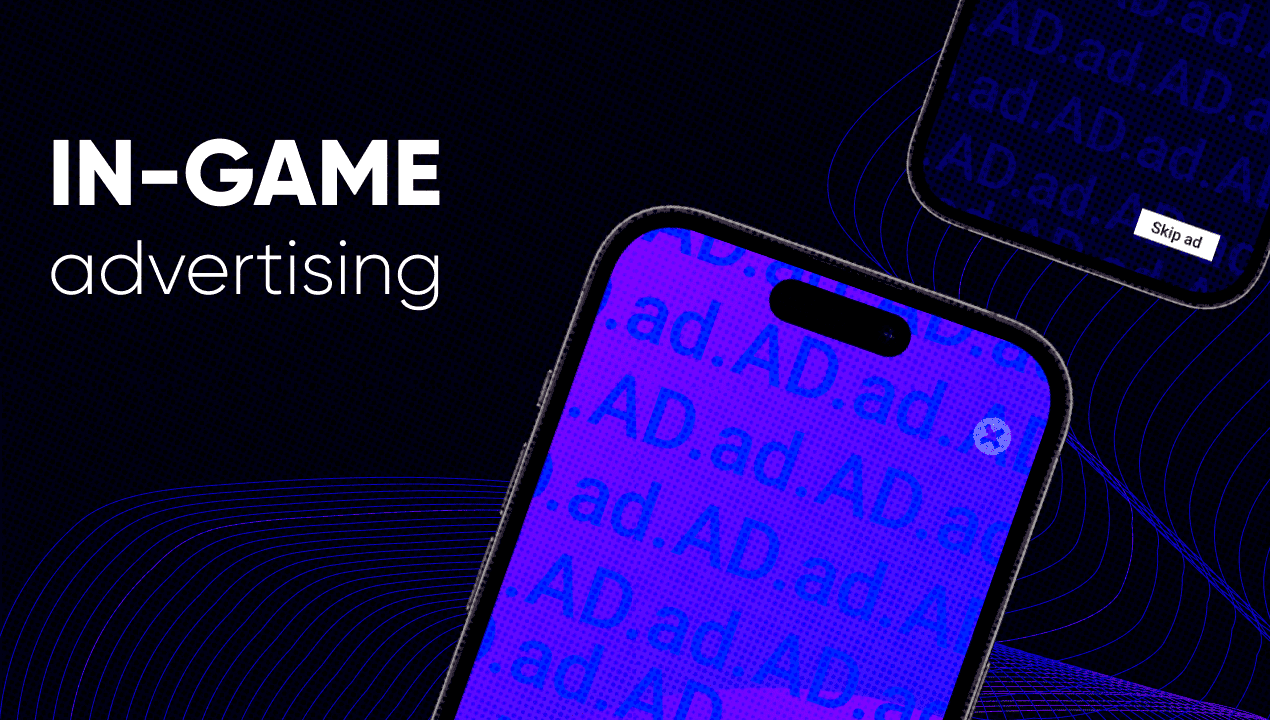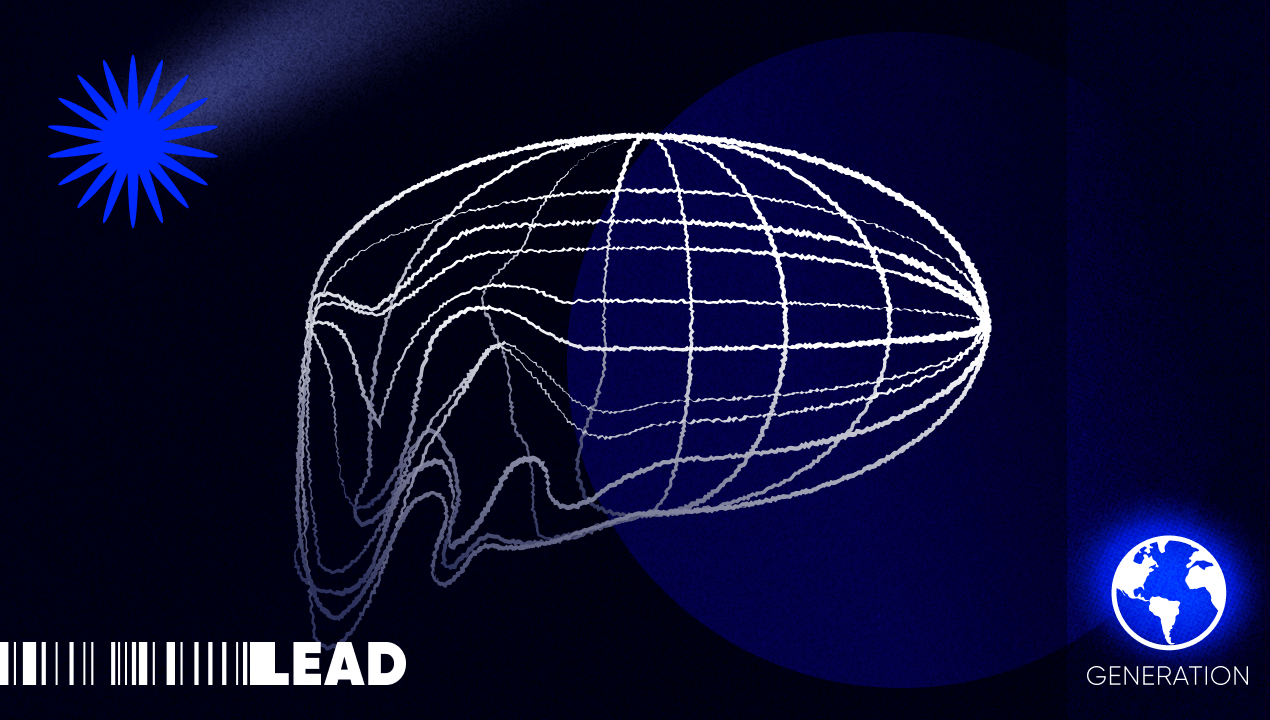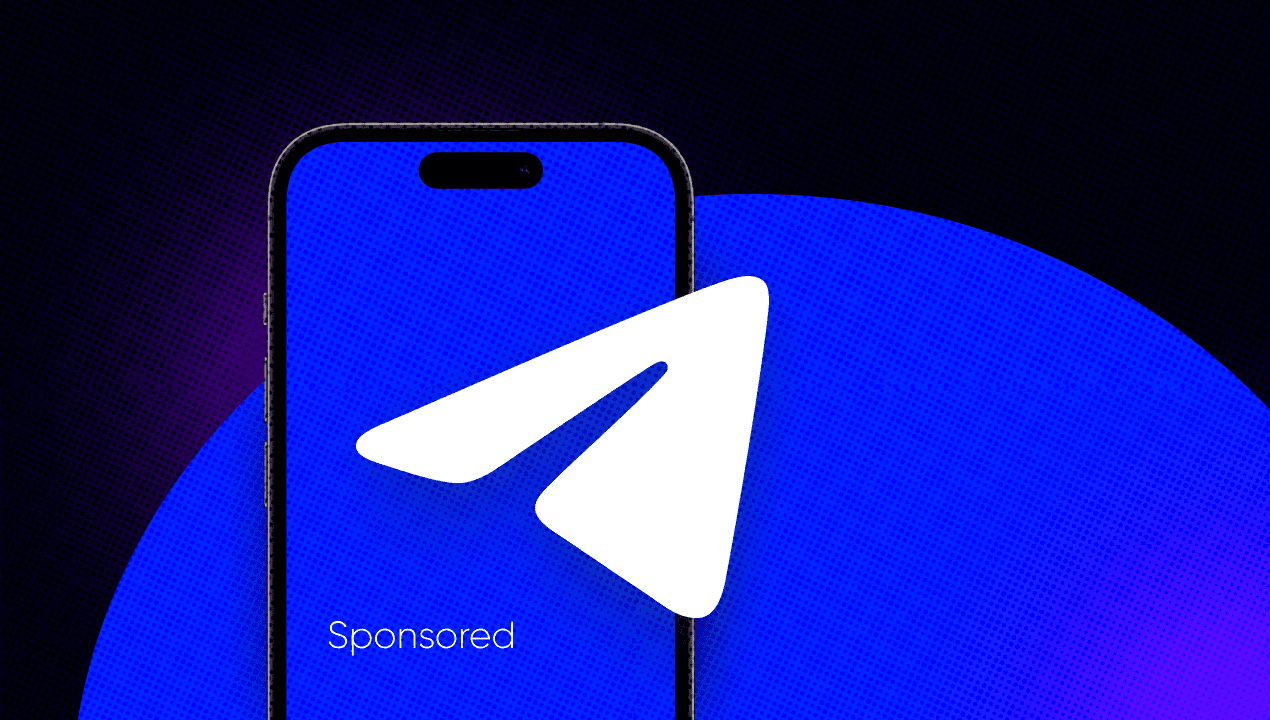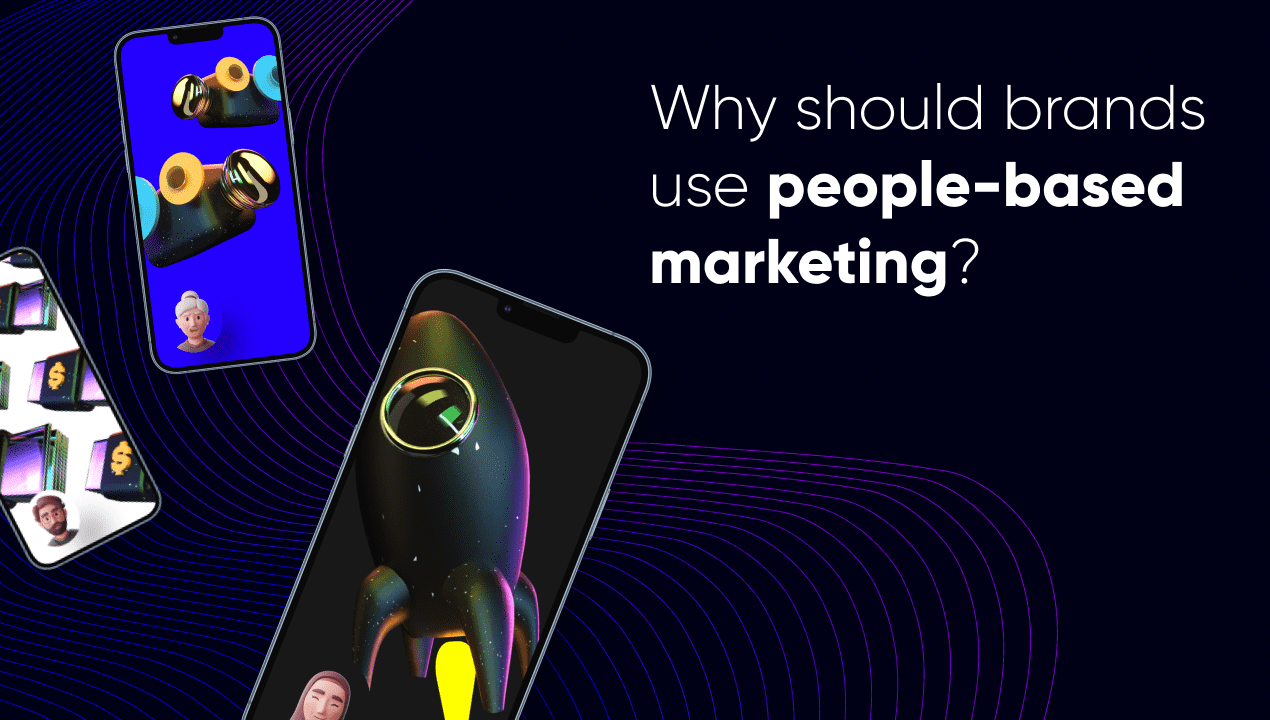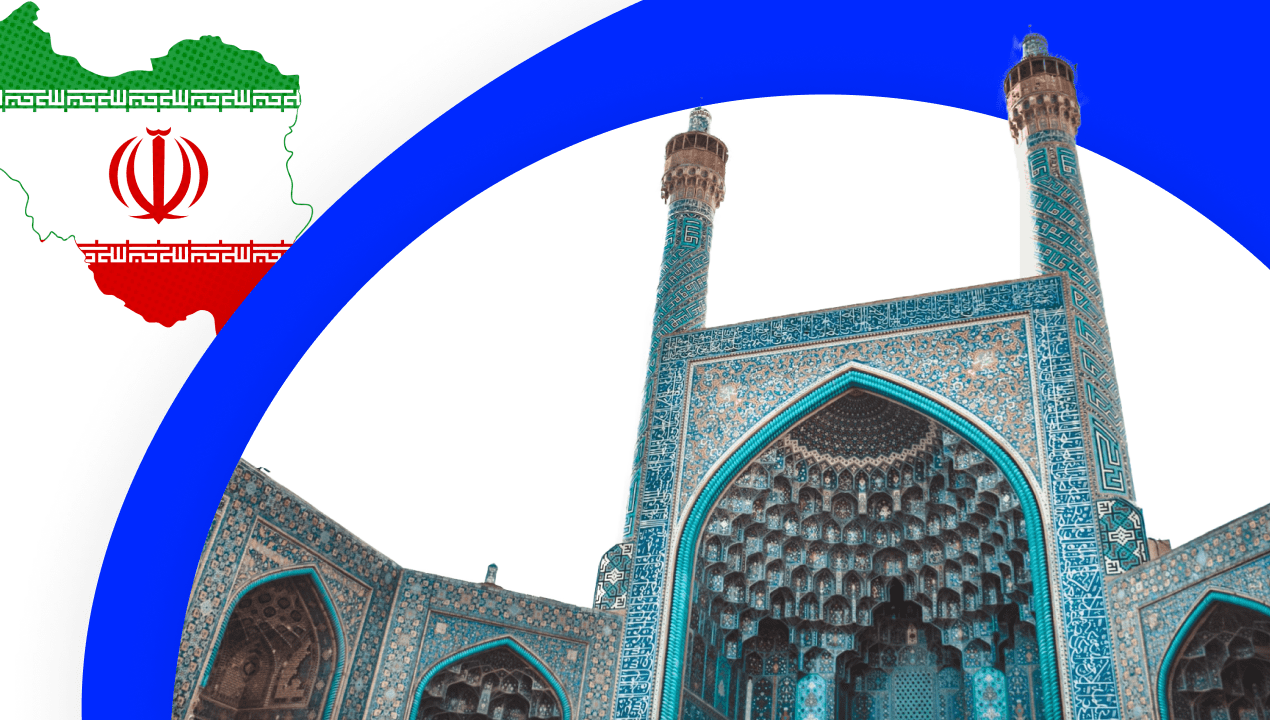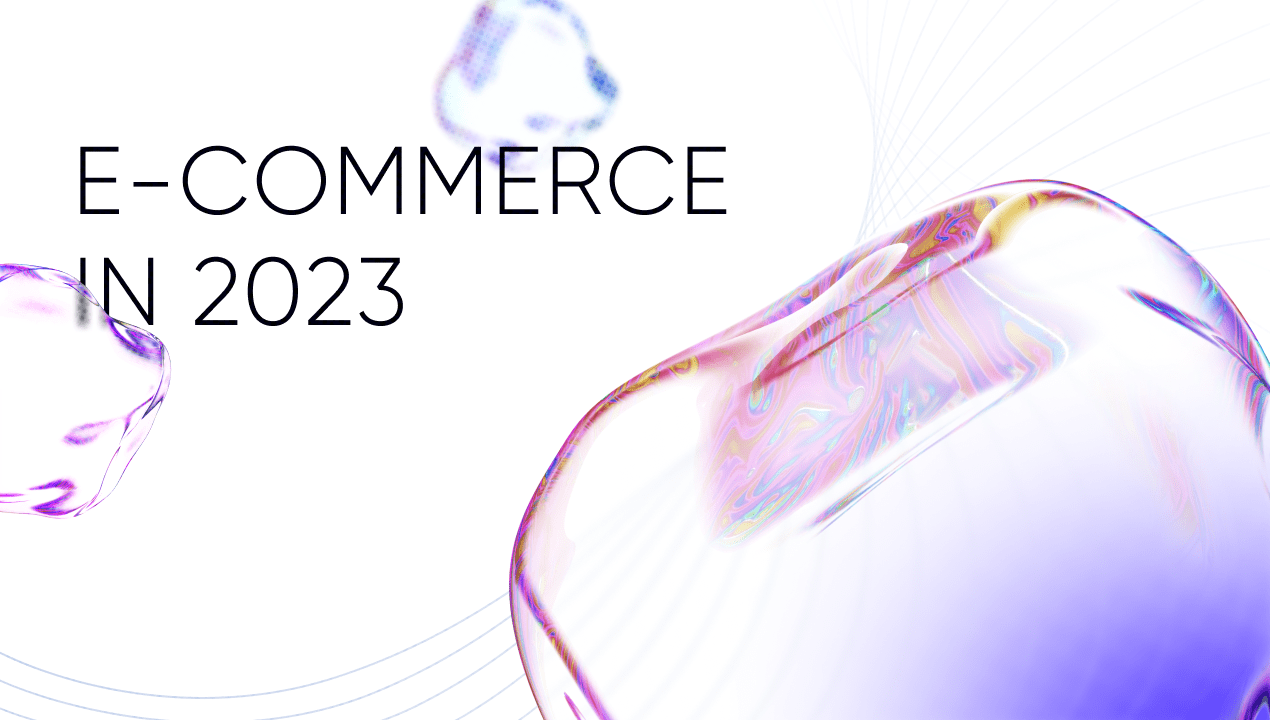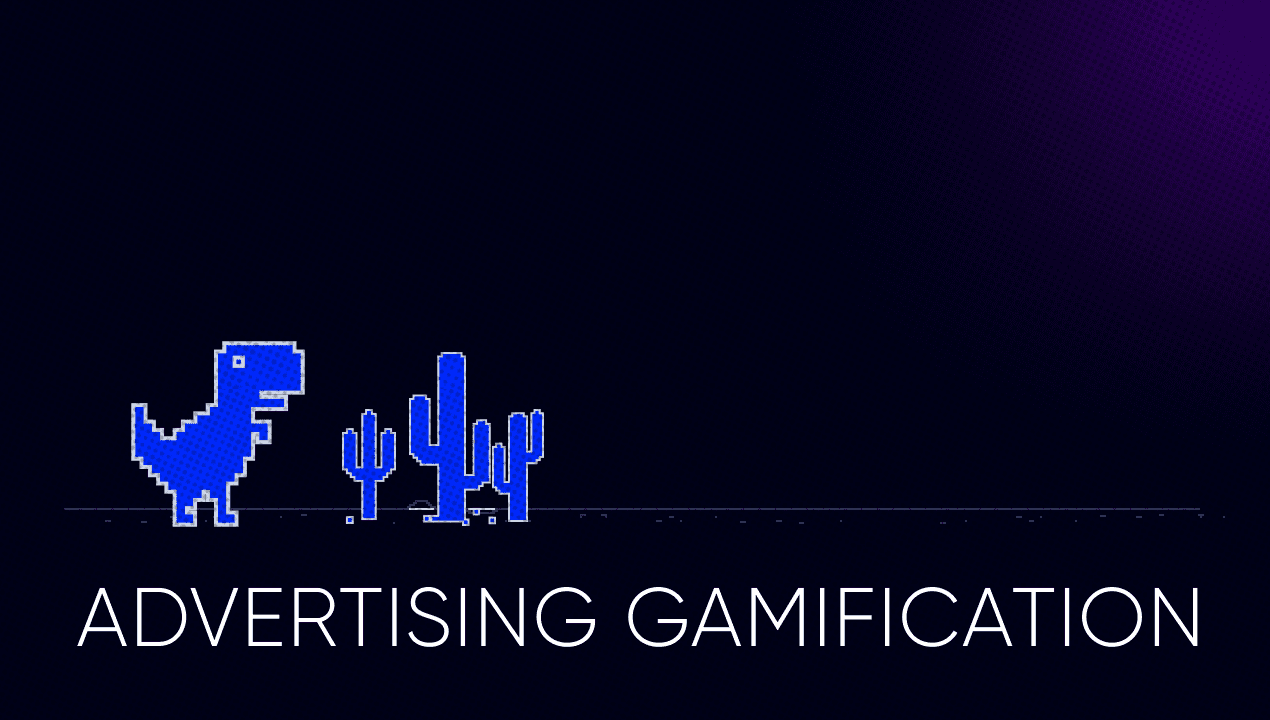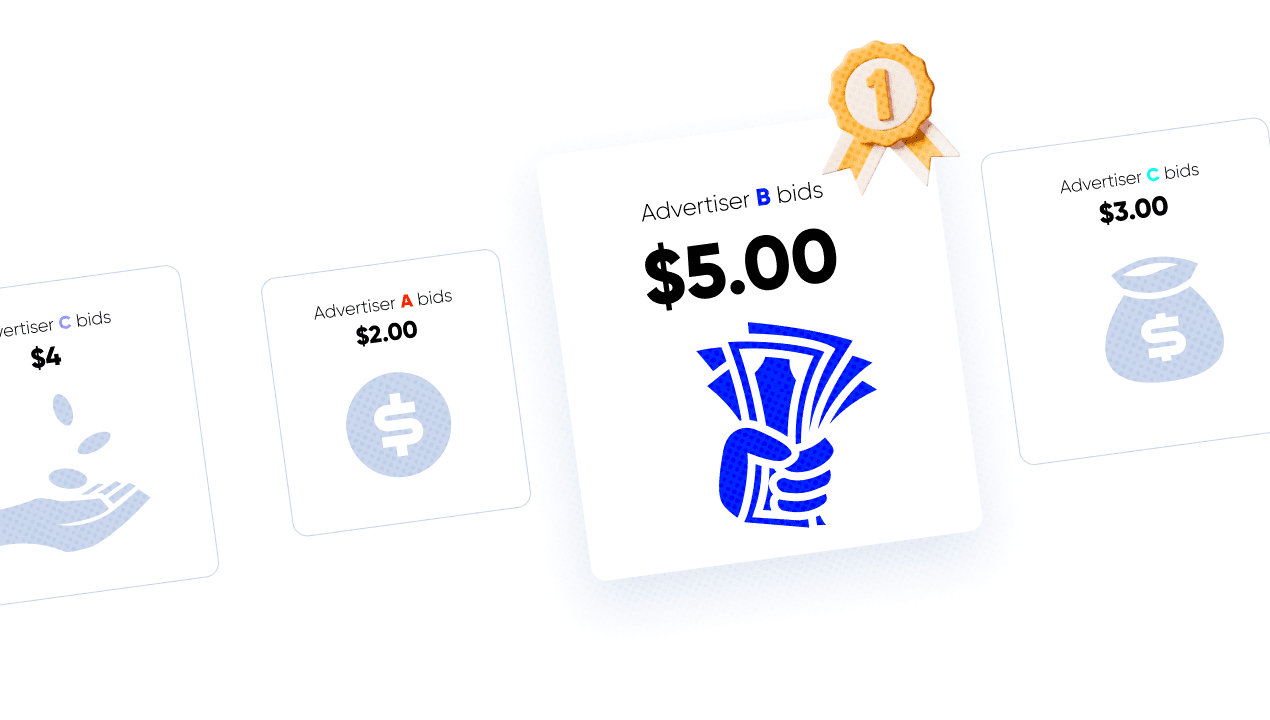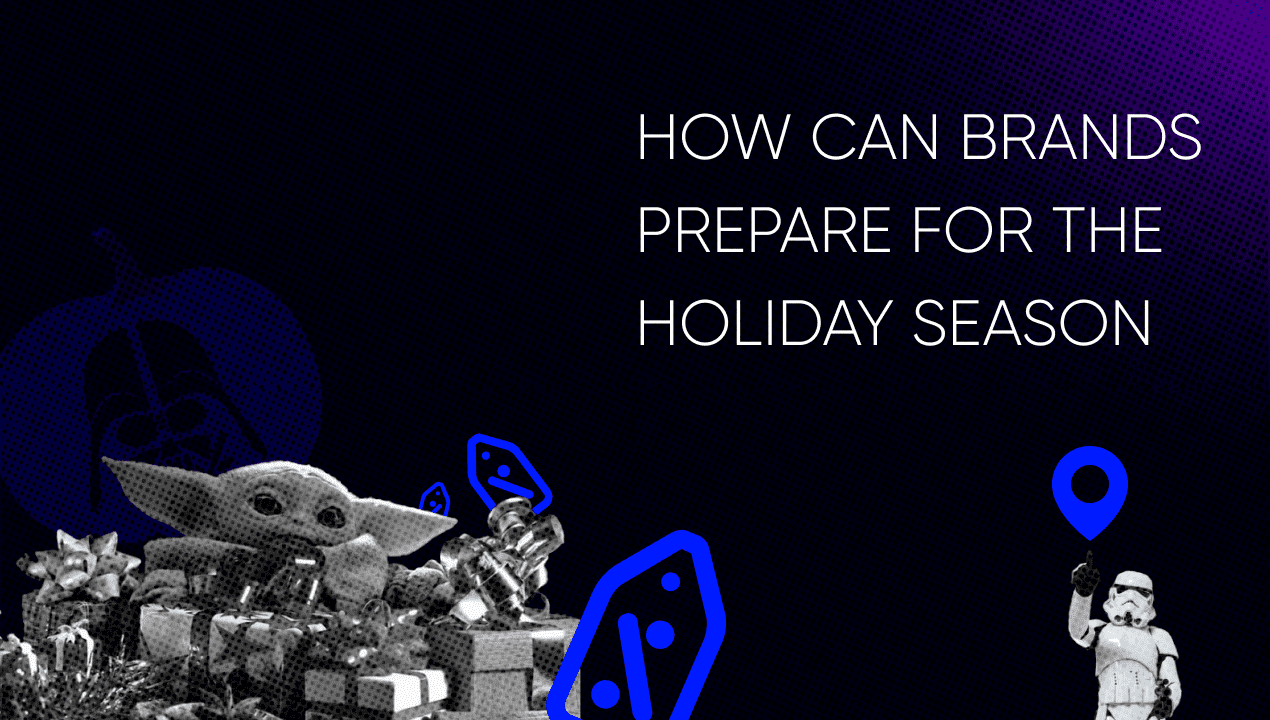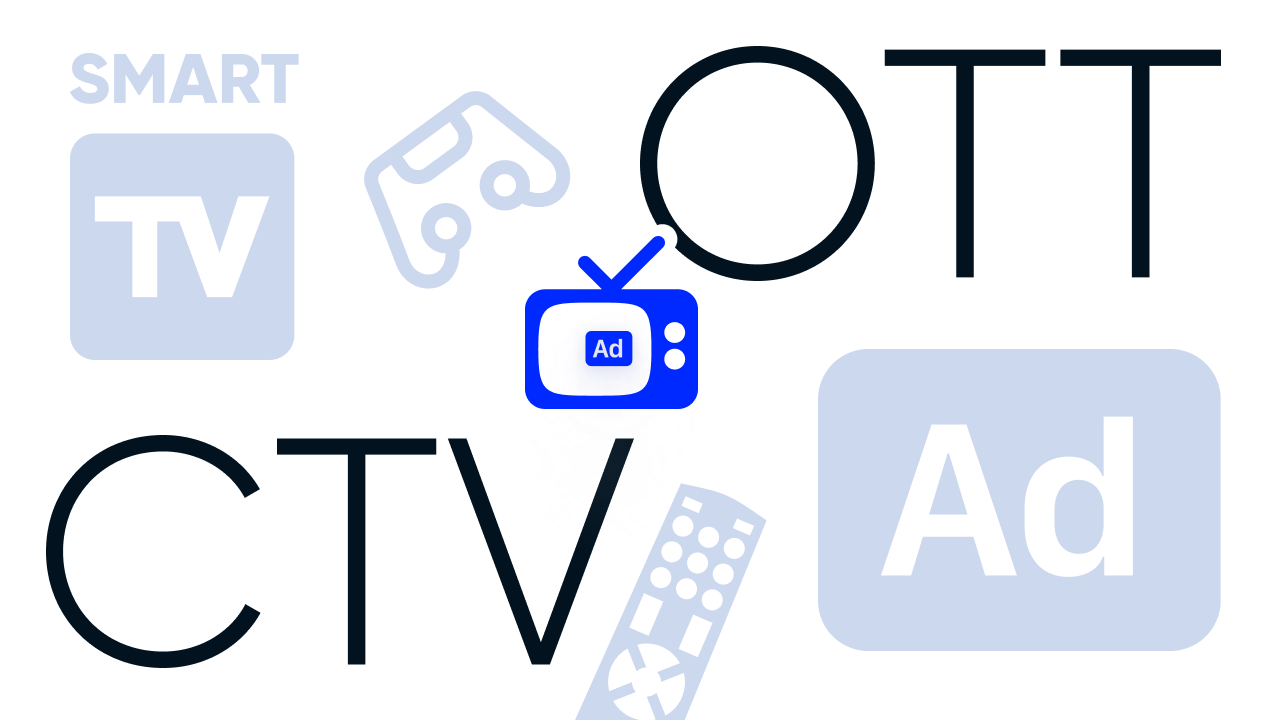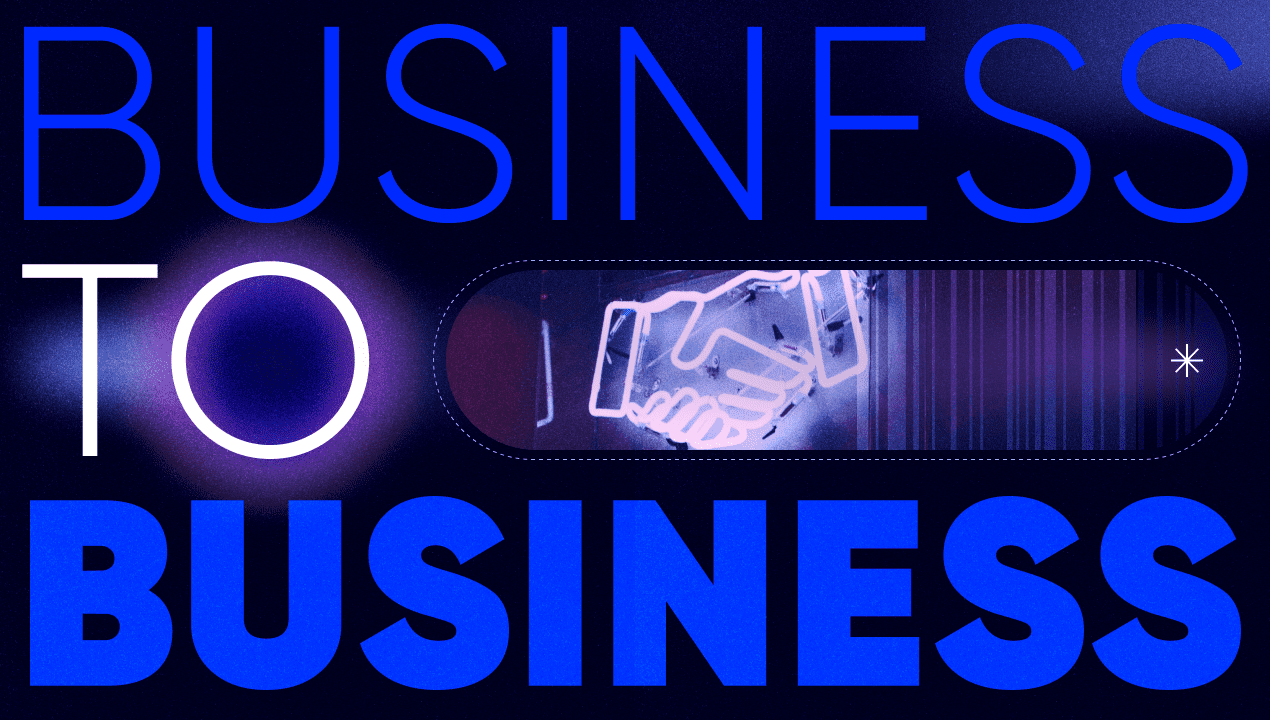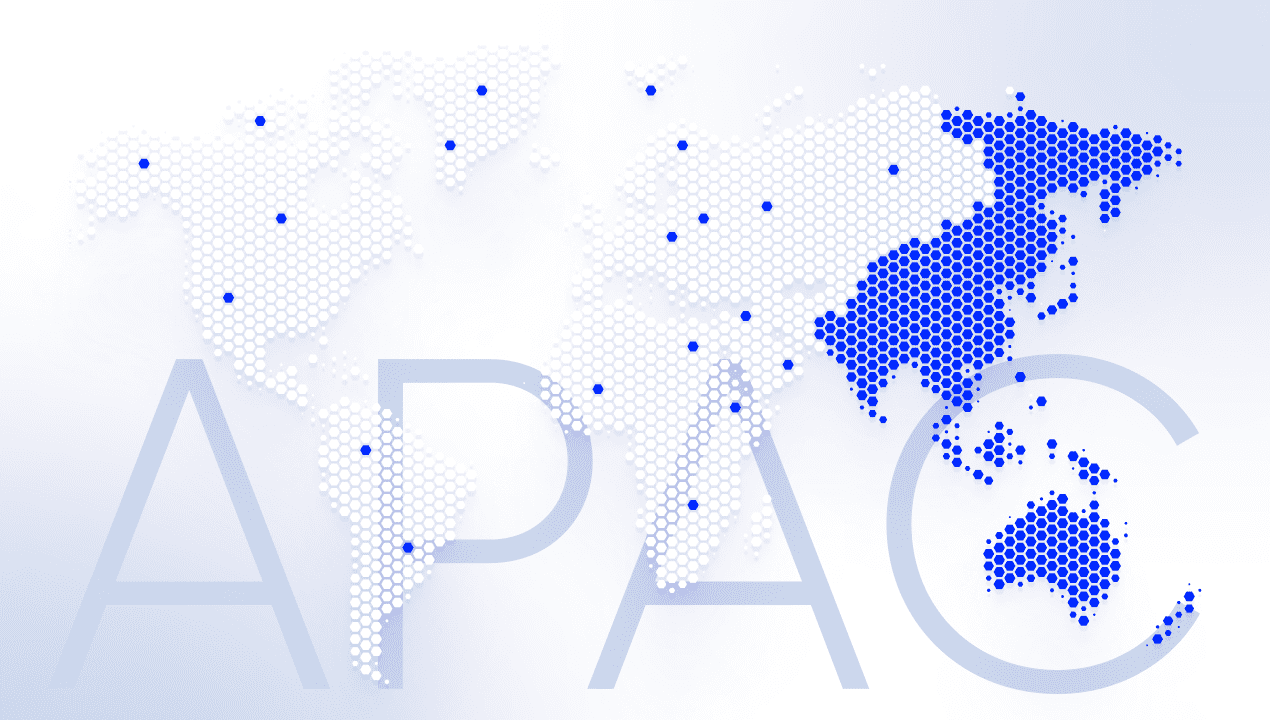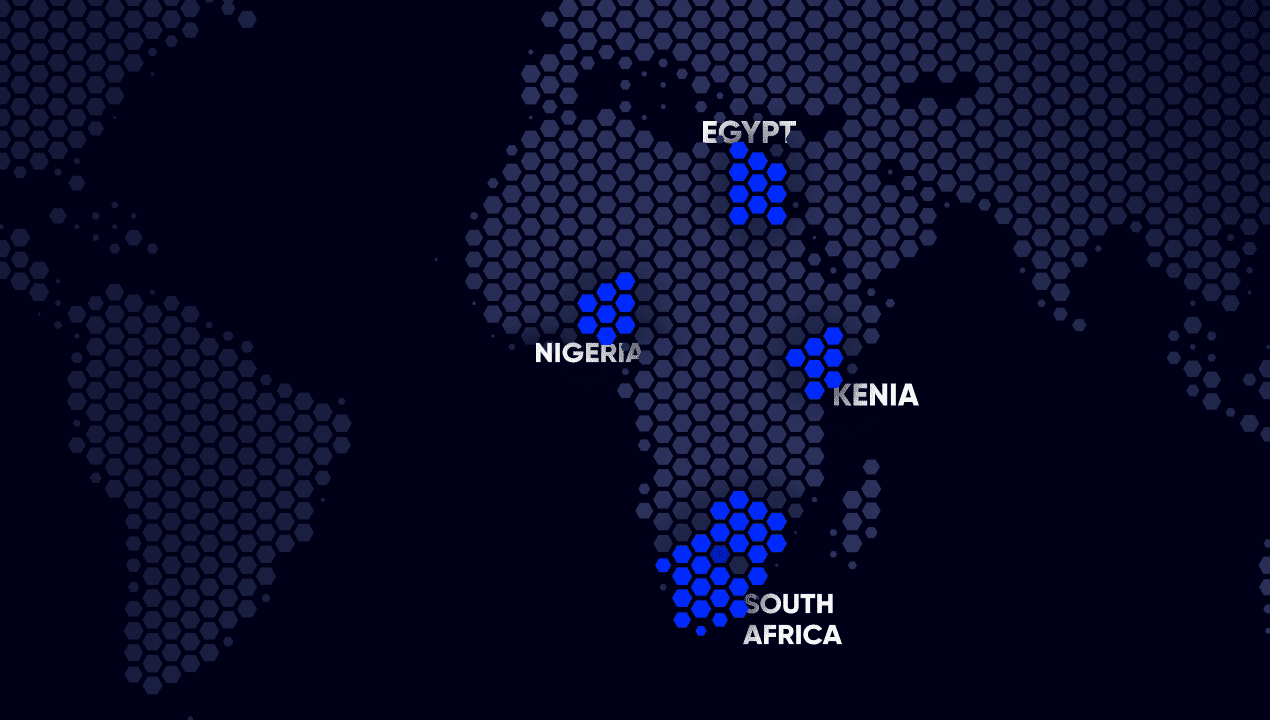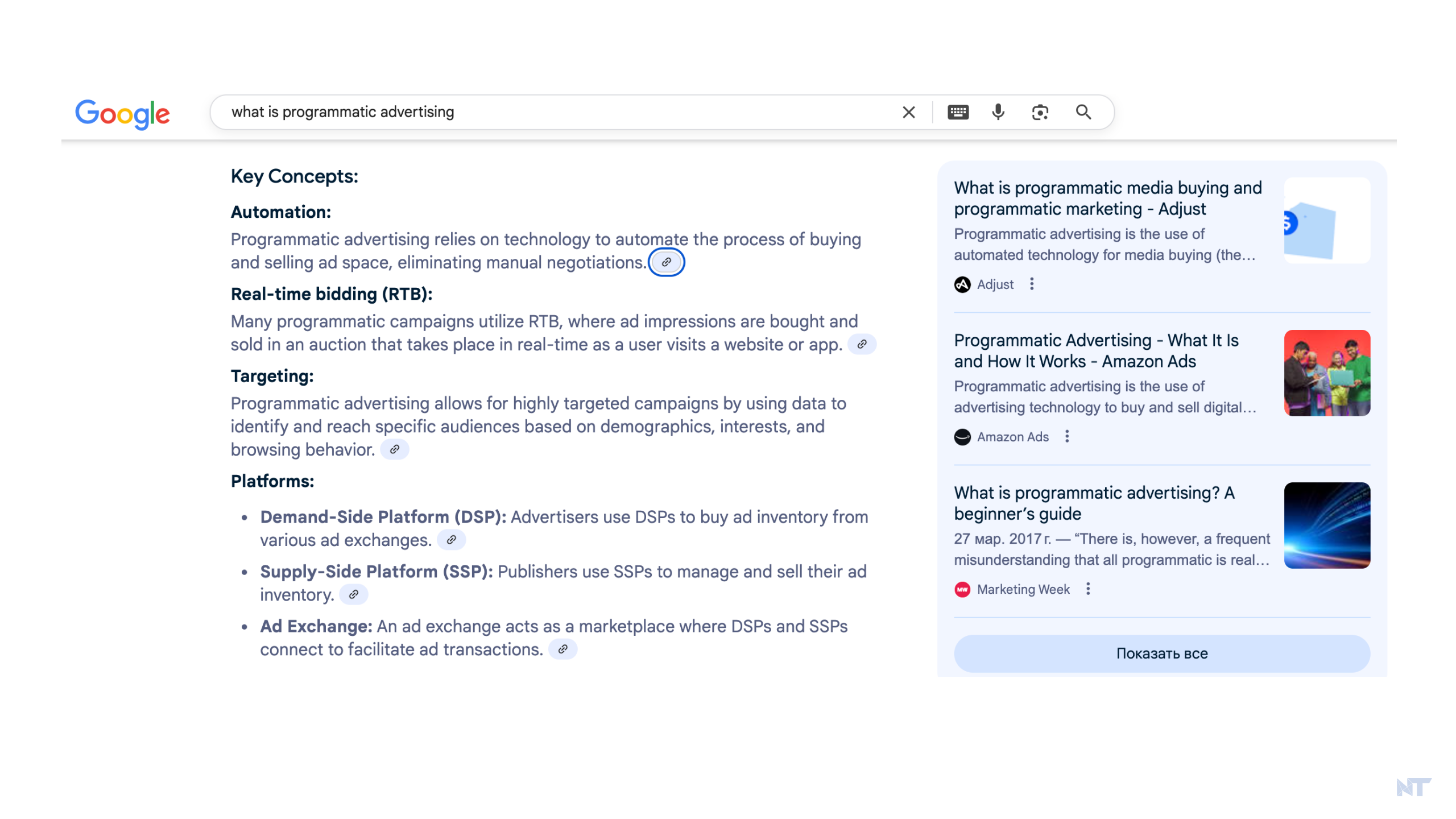
Generative Engine Optimization and Programmatic: What Is It and How They Keep Your Brand Visible
- Author: Lizaveta Zhuk
Artificial Intelligence is reshaping user behavior, especially how people search and discover information online. Every day, millions of users skip Google’s standard search results altogether, receiving immediate answers from AI, without even visiting brands’ sites. The growing interest in AI is here to stay, which may be proven by data. For instance, the number of weekly active users in ChatGPT reached 800 million in April 2025, beginning from 50 million users in January 2023.
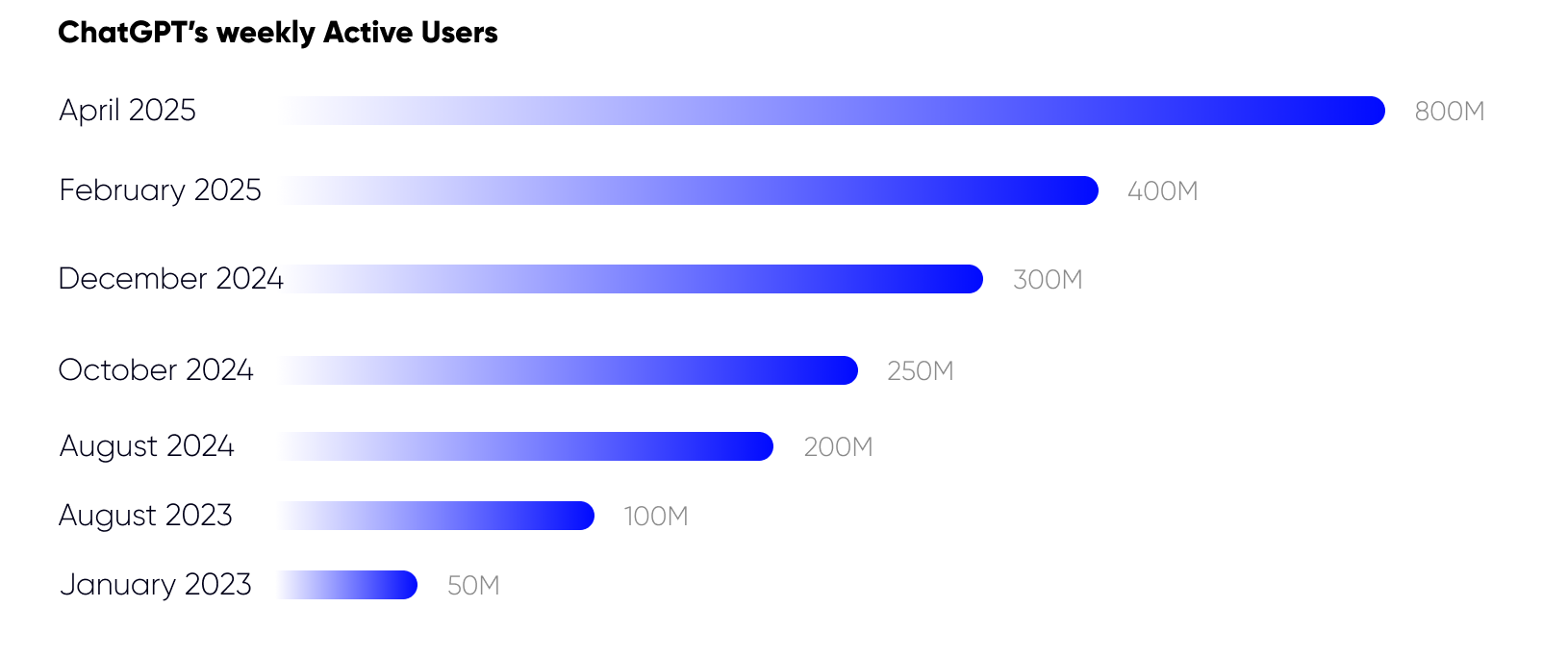
Generative Engine Optimization (GEO) is the key for marketers to ride this trend. Here’s a breakdown of what it is and why it’s important.
What is Generative Engine Optimization (GEO)?
Generative Engine Optimization (GEO) is the process of optimizing content so AI-driven search engines (like ChatGPT, Google AI Overviews, and Perplexity) understand, extract, and use it when generating responses. Unlike traditional SEO, which focuses on ranking in Google’s search results, GEO ensures your content is directly quoted in AI answers—even if users never click through to your site.
Generative engine optimization strategy is about:
- Structuring content for AI search (clear, concise, well-cited).
- Prioritizing E-E-A-T (Expertise, Authoritativeness, Trustworthiness).
- Optimizing for zero-click searches (since AI often provides full answers).
Most effective generative optimization solutions ensure that when AI systems generate answers for searches related to a brand’s products, services, or area of expertise, they utilize information from a GEO-optimized brand’s site. Here is an example. After asking Perplexity what programmatic advertising is, the chatbot scanned various web sources and combined the information into a single cohesive reply with sources above.
Benefits of Generative Engine Optimization (GEO) in 2025
Utilizing GEO on a regular basis, brands might gain competitive advantages:
Increased visibility without paying for ads. In turn, your brand will appear in AI answers more often than usual. It boosts brand awareness and recognition even if users don’t visit a brand’s site.
Drive qualified traffic back to a site. Reading AI replies, users gradually dive deeper into subjects, so their interests are steadily growing. To learn more about products and services, they may click on a website link directly from the AI chat.
Higher brand authority. AI endorsement builds more trust with users than standard search rankings alone. Essentially, being referenced by AI gives your brand instant credibility in the eyes of consumers. According to Statista, 55% of consumers across 31 countries and territories trusted AI to collect and combine product information.
Boost the quality of user experience. AI favors clear, trustworthy content that directly addresses user needs. GEO helps optimize your material to meet these standards, providing complete answers instantly instead of making users hunt through different sites. As a result, potential customers are more likely to engage with your brand.
Competitive edge. Generative engine optimization hasn’t spread widely yet. If a brand implements a generative engine optimization strategy early, it might start dominating AI search before it gets saturated.

Source: ArXiv
Why Is Generative Engine Optimization Important?
The shift toward AI-driven search is accelerating faster than many businesses realize. In order to understand if GEO is worth attention, we recommend considering these key statistics:
- ChatGPT now has over 120-140 million active daily users, and Perplexity’s traffic grew by 858% in just one year.
- 60% of searches now finish without visiting websites, as AI provides comprehensive answers with all the information users want to know (Zero-Click Search).
- Gartner predicts that by 2026, traditional search volume could drop by 25% as users adopt AI-powered alternatives.
- 79% of users plan to utilize AI search features within the next 12 months.
These data make it clear: If a brand’s content isn’t optimized for AI, it risks losing visibility to competitors who are already adapting.
The Future of Digital Ads: How Are Programmatic Platforms Helping Brands Appear in AI Conversations?
A revolution in how users look for information and behave also requires a transformation in how brands advertise. With the growing number of zero-click searches, it’s time to rethink marketing strategies and find a way to become a source for AI answers. The largest AI player has already started to change the game, offering promotion opportunities for brands. For instance, Perplexity AI has announced running the experiment of placing ads in its chatbots. It is supposed to appear as sponsored-marked questions at the end of the answer or as a paid media block to the side of an answer. Timely, this function will be available for Perplexity AI’s advertising partners.
One more future possibility to appear in AI searches is programmatic advertising. Programmatic advertising platforms utilize AI and machine learning to deliver targeted ads to relevant users. DSP platforms analyze user behavior, context, and intent in real time to deliver highly relevant ad experiences. For example, if a user is looking for a hotel in Brazil, the platform can display a relevant advertisement for travel accommodations. The key is that the platform determines the user’s intention based on their patterns of behavior on the internet. In the case of advertising inside AI-generated answers, it might work in the same way—when users send their request to an AI chatbot, programmatic platforms analyze users’ intention and determine if users suit brands’ target audiences. The last step is serving the relevant advertisement to current users in the chatbot.
This way, programmatic DSP platforms might integrate not only with SSP platforms but also with artificial intelligence agents, implementing ads into their recommendations and answers.
How to Become More Visible for AI: Tips to Implement Generative Engine Optimization (GEO)?
GEO helps businesses maintain visibility in an evolving digital landscape where AI increasingly mediates how users find information. This approach doesn’t just aim for rankings—it positions brands’ content and advertising to be directly quoted and referenced by intelligent search systems. Here are a few steps that will help ensure materials are selected as a primary reference in these AI-generated responses.
1. Align content with AI preferences. To optimize for generative AI, focus on creating clear, conversational, and comprehensive content that provides genuine value. The most effective GEO implementations balance technical optimization with authentic, valuable content and advertising that both AI systems and human readers will find authoritative and trustworthy.
2. Focus on users’ intentions. Generative Engine Optimization (GEO) demands alignment with user intent—how well your content satisfies the underlying purpose of a query. Large language models (LLMs) of AI chatbots prioritize contextual relevance, rewarding content that comprehensively addresses four key intent categories:
- Informational queries: “what,” “why,” or “how” questions.
- Commercial queries: decision-making with comparisons and evaluation questions, for example, “best programmatic DSP”.
- Transactional queries: purchase-related questions, for example, “book a hotel with discount” and so on.
GEO success depends on covering all intent types—not just keywords. AI agents prioritize content that fully resolves users’ needs, so make sure that your content and advertisements align with the intent of your target audience.
3. Adapt ad copies based on users’ intentions. Craft ad copy that mirrors natural user queries, avoiding overly promotional or robotic language. AI favors content structured as helpful answers rather than sales pitches.
4. Emphasize unique value propositions. Clearly articulate what differentiates your offering. Generative engines are more likely to reference brands that demonstrate distinct expertise or solutions.
5. Maintain dynamic campaign architecture for AI. Generative AI often extracts and recombines ad elements to answer user queries, so AI agents require more fluid advertising structures:
- Modular ad components that can recombine based on query context. Break ads into standalone, recombinable components (value props, stats, testimonials) tagged with semantic metadata for accurate AI repurposing.
- Tag components with semantic metadata (e.g., “price,” “feature,” “USP”) to guide AI interpretation.
6. Optimize separately for each generative AI. Not all AI platforms process ads and content in the same way. Tailoring content to each system’s behavior maximizes visibility. For instance, visual AI tools (like Google’s Multisearch) require strong image-text alignment in display ads.
Conclusion
As AI reshapes how people find information, brands must choose to adapt or risk being left behind. By implementing semantic ad copy, platform-specific adaptations, and dynamic campaign structures, businesses can ensure their messaging remains visible, credible, and effective in AI-generated responses.
The future of advertising isn’t just about reaching audiences—it’s about optimizing for the AI systems that influence them. Start refining your GEO strategy today to stay ahead in this rapidly evolving landscape.
